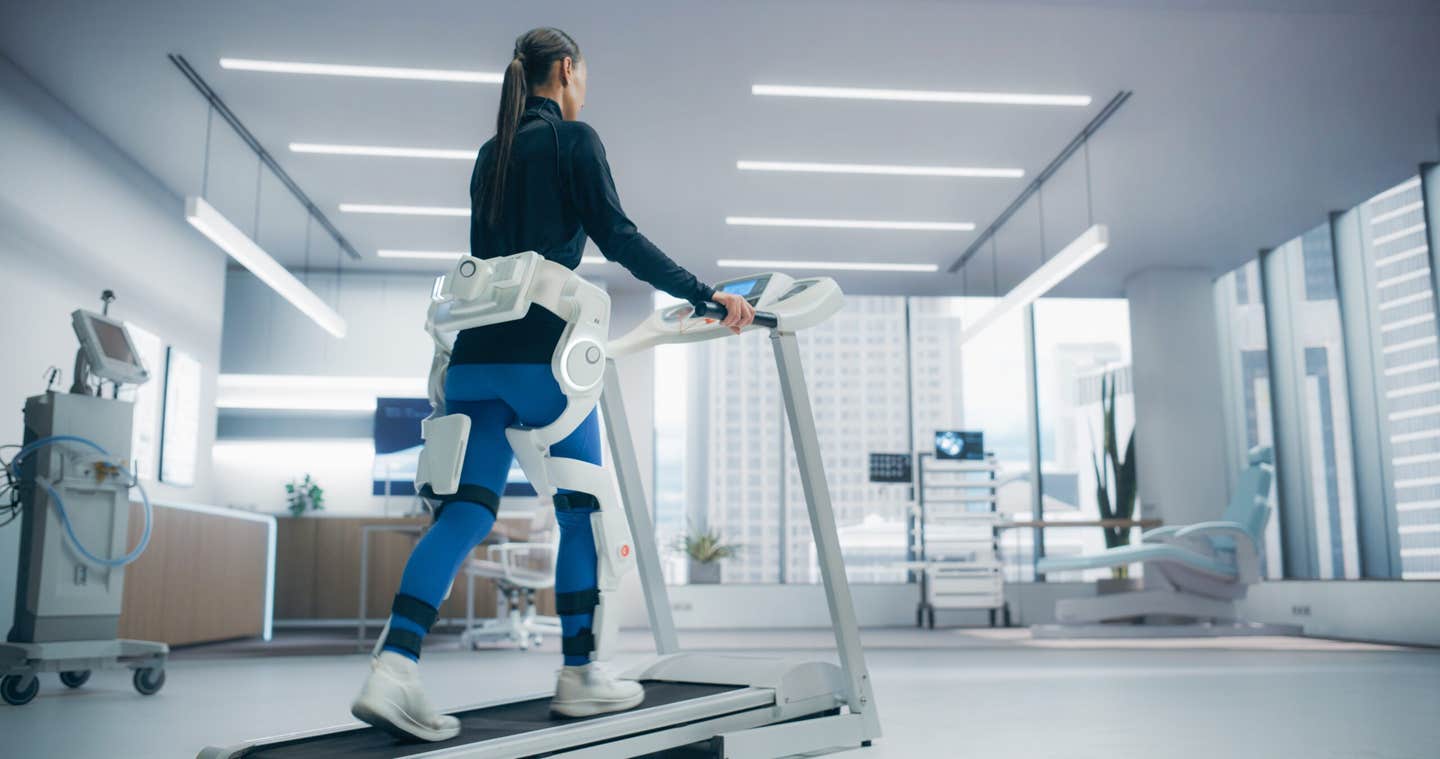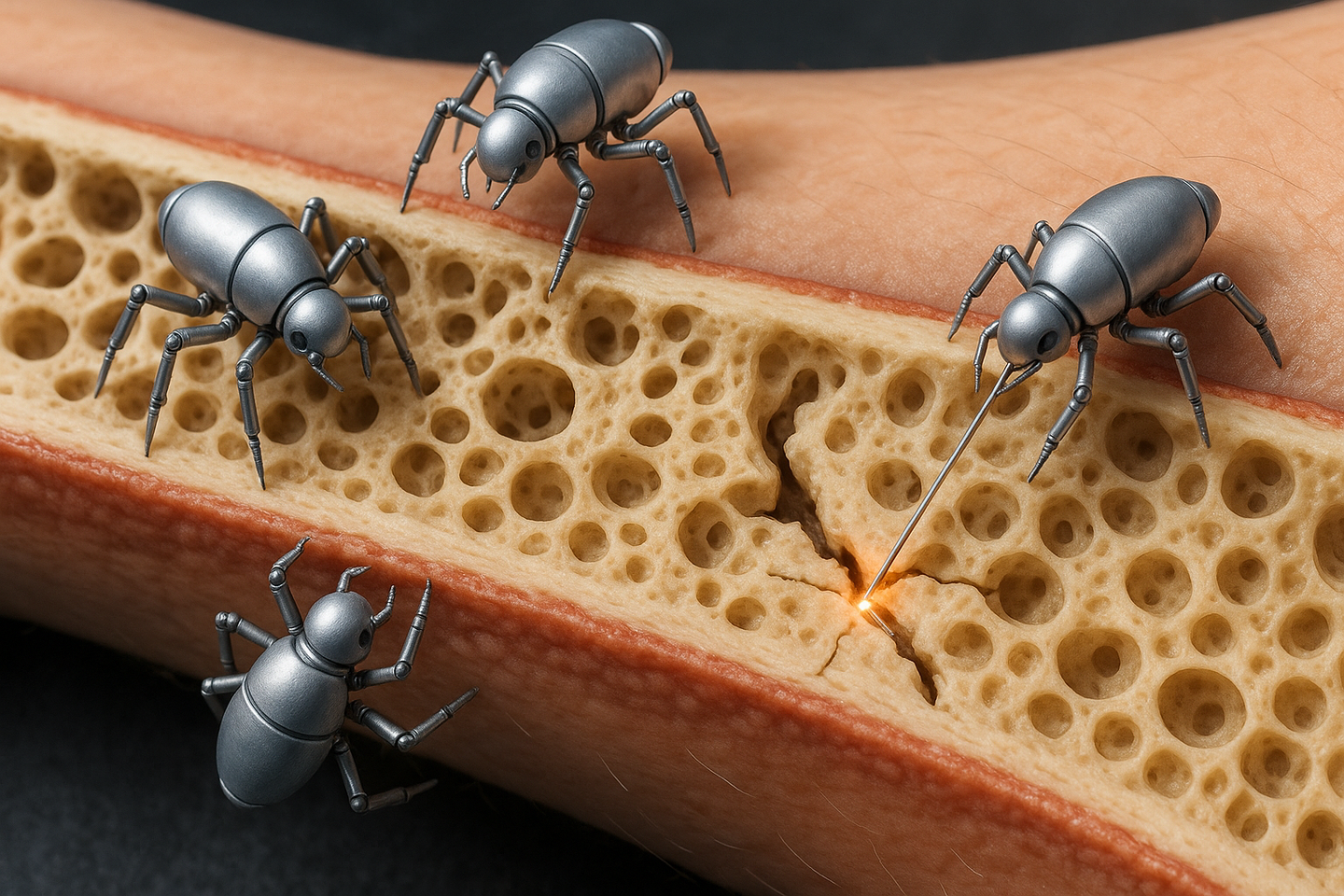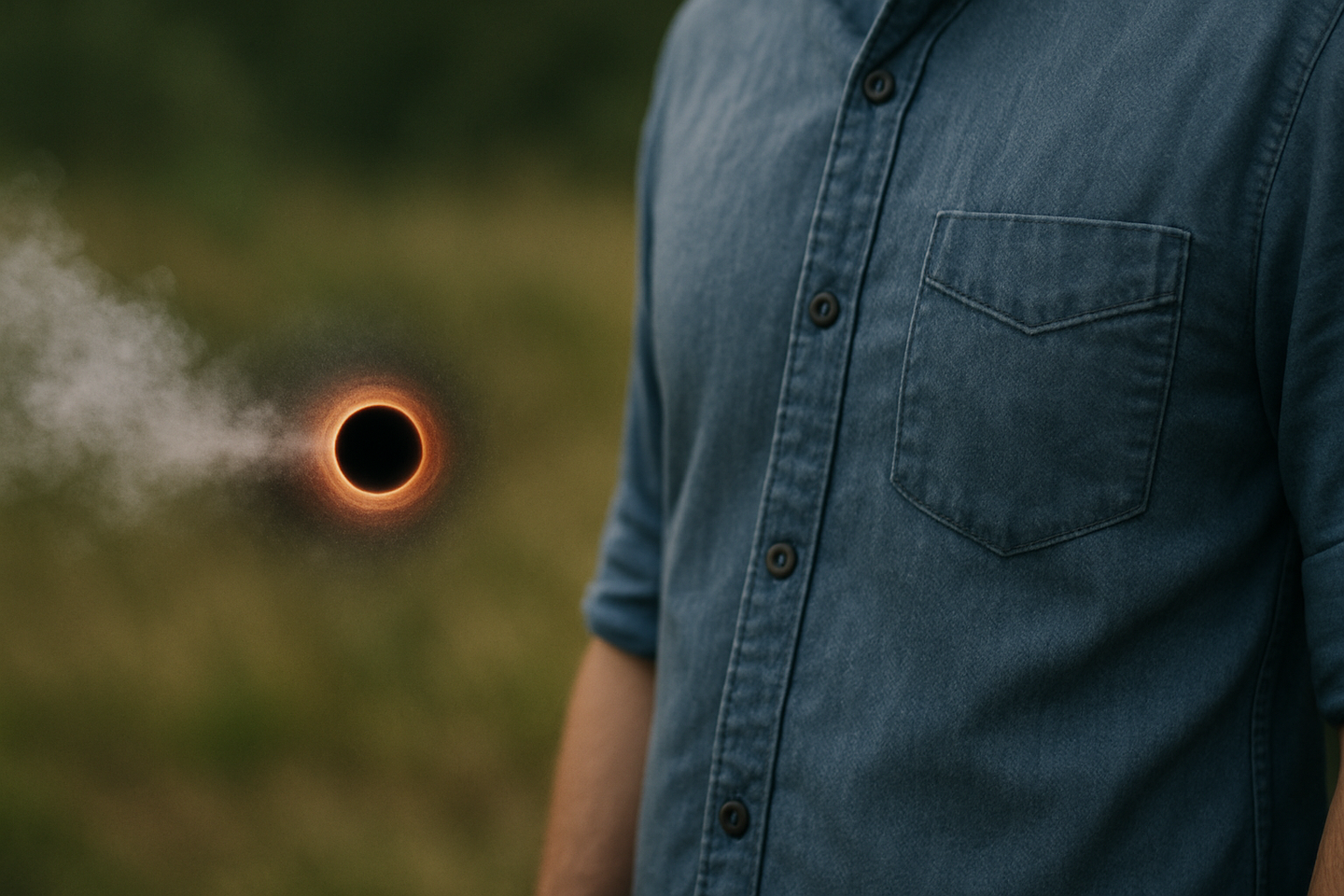New upper-limb exoskeleton adapts to stroke patients in real time
A new five-joint exoskeleton senses stroke patients’ intent, adapting help in real time to speed upper-limb recovery.

 Edited By: Joseph Shavit
Edited By: Joseph Shavit

A Chinese research team has built a five-joint robotic exoskeleton that reads a patient’s movement intention and adapts its assistance on the fly, offering a more natural path to arm recovery after stroke and pointing toward safer, smarter neurorehabilitation. (CREDIT: Shutterstock)
Stroke can change your life in a single day. Around the world, more than 15 million people have a stroke each year, and roughly three quarters of them are left with long-term disability. If you are one of them, lifting a cup, buttoning a shirt or reaching for a shelf can become a daily test of patience. That reality is driving scientists to look for smarter, more intensive ways to retrain the brain and the body.
One of the most promising ideas pairs your nerves and muscles with robotics. Instead of asking you to fight through endless repetitions alone, these systems aim to guide your arm, measure your effort and quietly adjust the challenge as you improve.
A research team in China has now taken that concept a step further. Led by Professor Zeng-Guang Hou at the State Key Laboratory of Multimodal Artificial Intelligence Systems, they have built an upper-limb exoskeleton called CASIA-EXO and designed a control strategy that keeps you inside the loop of every movement. Their work, published in the IEEE/CAA Journal of Automatica Sinica, tries to give the robot something rehab often lacks: the ability to sense what you are trying to do and respond in real time.
Stroke Rehabilitation’s Long Road
After a stroke, your brain needs to relearn how to move the arm and hand. That takes thousands of repetitions and steady feedback. Traditional therapy can help; however, therapists have limited time, and sessions may not always be intense or frequent enough to unlock the full potential of neural plasticity.
Over the last decade, exoskeleton-style rehab robots have started to fill that gap. Systems such as ArmeoPower, ANYexo and EXO-UL8 let your shoulder, elbow and wrist move through multi-joint exercises while motors assist. They use control methods to encourage you to contribute rather than remain passive.
Still, most devices fall short in three key areas at the same time: detecting your movement intention, generating a realistic path for the arm and tailoring the level of assistance to your ability. Without all three, the robot can slip into either dragging your arm or leaving you under-supported.
A Robotic Suit That Moves Like An Arm
CASIA-EXO was designed to feel closer to a real limb. It has five degrees of freedom; three joints arranged at slanting angles to capture complex shoulder motion and two joints lined up in a chain for elbow and wrist. The metal and motors sit outside your arm, but the geometry matches the way your own bones move.
“CASIA-EXO is a five degree-of-freedom biomimetic exoskeleton that comprises three rotational joints adopting an oblique arrangement and two rotational joints co-locating in a serial chain,” Prof. Hou explains. In simple terms, the team built the robot to follow the same arcs and pivots that your joints naturally use.
To control such a device, engineers first built a detailed model of its dynamics. They examined how forces travel through the shoulder, elbow and wrist sections, then simplified that math so the robot can estimate unknown parameters as it runs. That lets the system adjust to different arm sizes, muscle strengths and movement styles.
Teaching the Robot to Read Intention
The real innovation lies in how CASIA-EXO decides what to do next. Instead of forcing your arm to follow a fixed script, the control design treats you as a partner in a loop.
“It consists of the intention-based trajectory planning and performance-based intervention adaptation,” says Chen Wang, a researcher on the project. The first part focuses on what you seem to want to do. An oscillator-based intention estimator tracks your timing and effort and folds in known patterns from normal human motion. With that information, it builds a multi-joint path for your arm that looks and feels like a natural reach.
The second part watches how well you keep up. A performance-based adaptive algorithm raises or lowers the assistance and resistance during training. If you start to handle the movement more easily, the robot backs off and lets your muscles do more work. If your arm trembles or stalls, the exoskeleton quietly adds support.
In practice, that means CASIA-EXO is never locked into one setting. It constantly reshapes both the path and the level of help to match your changing condition, second by second.
Putting the System to the Test
To see whether this approach works, the team first tried it on 10 healthy volunteers. Each person sat in a chair with their dominant arm strapped into CASIA-EXO. On a virtual reality screen, they saw wooden boxes they needed to move across a digital workspace and then bring back. The exoskeleton guided their real arm as they performed the task.
During these sessions, the system had to do three things at once. It needed to sense subtle hints of intention at the start of each reach, generate a smooth, joint-level trajectory and adjust the force field around the arm based on performance.
The results showed that the control strategy could steadily personalize both the movement and the level of intervention for each subject. Trajectories shifted as people sped up, slowed down or changed style. Assistance and resistance levels rose or fell when the volunteers improved or struggled. The loop between intention detection and assistance adaptation stayed stable throughout practice.
Although the tests involved healthy arms rather than stroke survivors, they provided an important proof that the algorithms and hardware can cooperate without fighting the user’s motion.
What Makes This Approach Different
Many rehab robots are either too stiff or too passive. They might move you along the same path regardless of your effort, or they might simply add strength without caring about timing. CASIA-EXO tries to avoid both extremes by weaving your intent into every decision.
Because trajectory planning and assistance tuning are tied together, the device can support motor relearning in a way that feels more like daily life. The exoskeleton does not just swing your elbow; it coordinates shoulder, elbow and wrist as a unit, closer to how you would actually reach for a cup or pull open a drawer.
This close cooperation between human and machine is what the researchers call patient-in-the-loop neurorehabilitation. Instead of leaving you outside the control system, the robot treats your nervous system as a key part of it. Over time, that kind of interaction may help your brain rebuild pathways for movement in a more natural rhythm.
The team believes this strategy can make robot-aided rehabilitation safer and more personalized. Once trials with stroke survivors begin, the next test will be whether it can also make recovery faster and more complete.
Practical Implications of the Research
If clinical studies confirm these early results, CASIA-EXO and similar systems could reshape stroke rehab. For survivors, a patient-in-the-loop exoskeleton may provide longer, more intensive training sessions without exhausting therapists, while still keeping your own effort at the center of every movement.
By sensing intention and adjusting support on the fly, the device can challenge you as you heal instead of locking you into a fixed difficulty level. That may speed up motor relearning, deepen neural plasticity and help you regain everyday skills like reaching, grasping and lifting.
For clinicians, tools like this could offer objective data about how your arm responds to therapy over time. That information might guide personalized rehab plans and reveal which control strategies work best for different levels of impairment.
In the long term, the same ideas could extend beyond stroke. People recovering from brain injury, spinal cord damage or orthopedic surgery might benefit from exoskeletons that adapt to their intentions and abilities.
As robotics and artificial intelligence advance, this research points toward a future where rehabilitation feels less like being moved by a machine and more like having a responsive partner helping you move yourself.
Research findings are available online in the journal IEEE/CAA Journal of Automatica Sinica.
Related Stories
- Lifechanging robotic exoskeleton walks autonomously and puts itself on
- Unleashing human potential: Next-gen exoskeleton turbocharges walking speed
- New AI-powered armband uses gestures to control robots in real time
Like these kind of feel good stories? Get The Brighter Side of News' newsletter.
Shy Cohen
Science & Technology Writer



